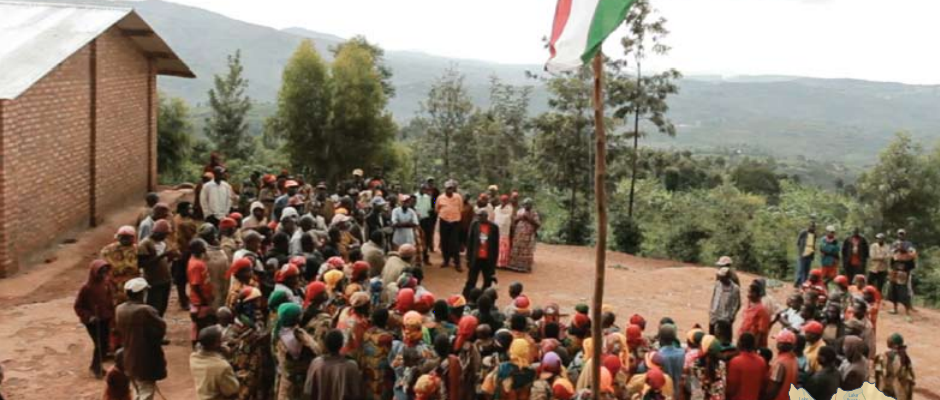
The recurrent, annual property tax has tremendous potential for mobilizing own-source revenues, primarily for local governments. The property tax generates about 0.3–0.6 percent of GDP for low- and middle-income countries, 1.1 percent in higher-income (OECD) countries. In some countries, it generates up to 2–3 percent of GDP, for example, in the United States, Canada, and the United Kingdom.
Although property tax may account for only about 1–2 percent of total government taxes, it contributes between 15–40 percent of total local taxes across all countries. This international benchmarking suggests a high potential for significant increases in property tax revenues, along with improvements in equity and efficiency, especially in low- and middle-income countries.
Countries and cities with poorly performing property tax systems will need to identify and implement the appropriate set of policy and administration reforms to improve tax base coverage, property valuations, billing, collection, enforcement, and taxpayer services. Doing so can help countries realize potential property tax revenues in a more equitable and efficient manner.
The Property Tax Diagnostic Manual—launched by the World Bank in November 2020—provides guidance on how to analyze and assess immovable property tax systems, diagnose the strengths and weaknesses of such systems, and develop a property tax intervention strategy where needed. Its higher objective is to support increasingly fair and stable tax systems in low- and middle-income countries, with significant potential for sustainable improvements in achieving key revenue, equity, and efficiency objectives.
The manual focuses specifically on the recurrent, immovable property tax. It does not address other land-based property taxes such as property transfer taxes, capital gains taxes, and one-event property revenues (land sales, leases) or personal taxes on movable property such as boats, airplanes, and motor vehicles. Although these other property taxes are not directly addressed, successful reforms for the recurrent, immovable property tax must take into account the interactions that exist between the immovable property tax and these other forms of property taxation.
The manual is primarily designed to assist practitioners from governments, development partners, and civil society practitioners to identify, analyze, and develop potential property tax reforms. The Manual lays out an analytical approach that can help identify property tax performance potential, challenges and opportunities, evaluate remedial property tax policy and administrative reform measures, and design a strategic action plan to implement those recommended interventions. A conceptual framework for the property tax, its policy and administration components, and reform strategy options are provided along with numerous examples of international experience.
Access the full report from the World Bank website:
Roy Kelly, Roland White, and Aanchal Anand. 2020. Property Tax Diagnostic Manual. World Bank, Washington, DC.



